The National Health Service (NHS) in the UK operates one of the most complex yet efficient emergency care systems in the world. At the heart of this system lies the emergency triage process, a method designed to prioritize patients based on the severity of their condition rather than the order in which they arrive. This approach ensures that those in critical need receive immediate attention, while others are treated as resources allow. The NHS emergency care system is often lauded for its ability to manage high patient volumes under immense pressure, though it is not without its challenges.
Understanding the NHS Triage System
When a patient arrives at an NHS emergency department (ED), they are first assessed by a triage nurse. This initial evaluation is crucial—it determines how quickly the patient needs to be seen by a doctor. The NHS uses a standardized scale to categorize patients into different priority levels. These range from immediate resuscitation (for life-threatening conditions like cardiac arrest or severe trauma) to minor injuries (such as sprains or minor cuts) that can safely wait longer for treatment.
The system is designed to be dynamic, allowing for continuous reassessment. A patient’s condition can change, and the triage nurse must remain vigilant to adjust priorities accordingly. This flexibility is key to managing the unpredictable nature of emergency care, where a sudden influx of critical cases can occur at any moment.
The Four-Hour Target and Its Implications
One of the most discussed aspects of NHS emergency care is the four-hour target. This benchmark requires that 95% of patients be admitted, transferred, or discharged within four hours of arrival. While this policy was introduced to improve efficiency and reduce overcrowding, it has been a source of controversy. Critics argue that it creates undue pressure on staff, sometimes leading to rushed decisions. Supporters, however, believe it has helped streamline care and reduce waiting times for the majority of patients.
In recent years, meeting this target has become increasingly difficult due to rising patient numbers and resource constraints. Many EDs struggle to balance the demand for rapid treatment with the need for thorough and accurate care. The debate over the four-hour rule reflects broader tensions within the NHS—how to maintain high standards of care in the face of growing challenges.
Challenges in Emergency Care Delivery
The NHS emergency system faces numerous obstacles, many of which are systemic. Staff shortages, particularly in nursing and emergency medicine, have placed immense strain on existing personnel. Overcrowding in EDs is another persistent issue, often exacerbated by delays in discharging patients who are well enough to leave but have no suitable care arrangements outside the hospital. This "bed blocking" reduces the availability of spaces for new admissions, creating bottlenecks in the system.
Seasonal pressures, such as winter flu outbreaks, further stretch resources. During peak times, hospitals often declare "major incidents" to mobilize additional support, but these measures are temporary fixes rather than long-term solutions. The COVID-19 pandemic highlighted these vulnerabilities, as emergency departments were forced to adapt rapidly to unprecedented demands while maintaining infection control protocols.
Innovations and Future Directions
Despite these challenges, the NHS has embraced innovations to improve emergency care. Telemedicine, for example, has been increasingly used to provide remote consultations, reducing unnecessary ED visits. Same-day emergency care (SDEC) units have also been introduced in many hospitals, allowing patients with certain conditions to be assessed and treated without overnight admission.
Another promising development is the integration of primary and secondary care services. By improving coordination between GPs, community health teams, and hospitals, the NHS aims to reduce the burden on emergency departments. Initiatives like "111 First" encourage patients to call the NHS non-emergency number before visiting an ED, ensuring they are directed to the most appropriate service.
The future of NHS emergency care will likely involve a combination of technological advancements, policy reforms, and increased funding. While the system is far from perfect, its ability to adapt under pressure remains a testament to the dedication of its staff and the resilience of its structure.

By Grace Cox/Apr 14, 2025

By Emma Thompson/Apr 14, 2025
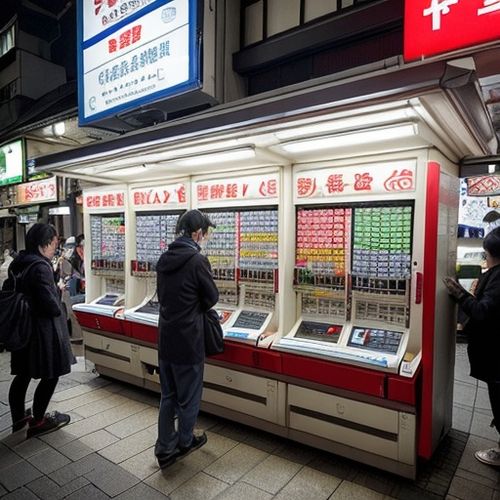
By Daniel Scott/Apr 14, 2025
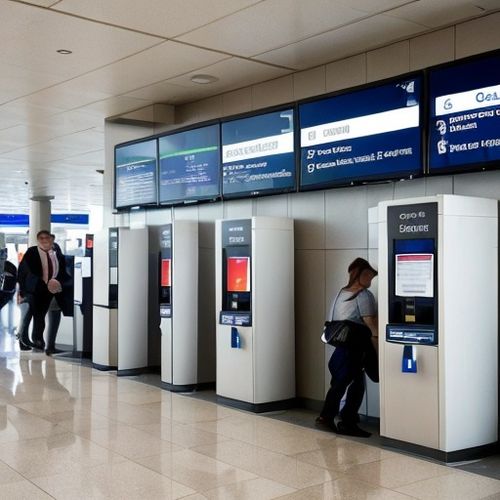
By Rebecca Stewart/Apr 14, 2025
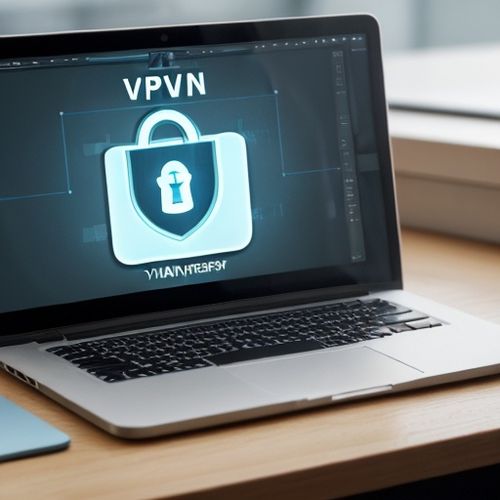
By Emily Johnson/Apr 14, 2025
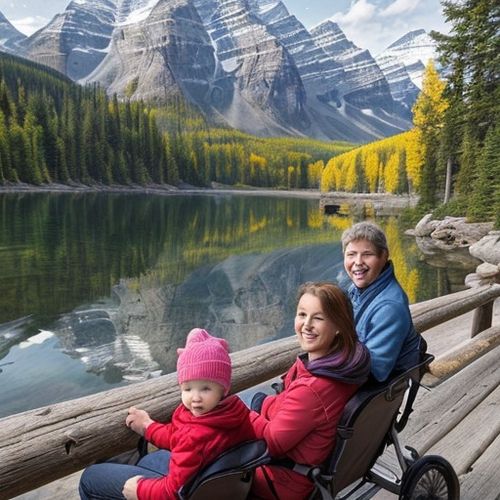
By Megan Clark/Apr 14, 2025
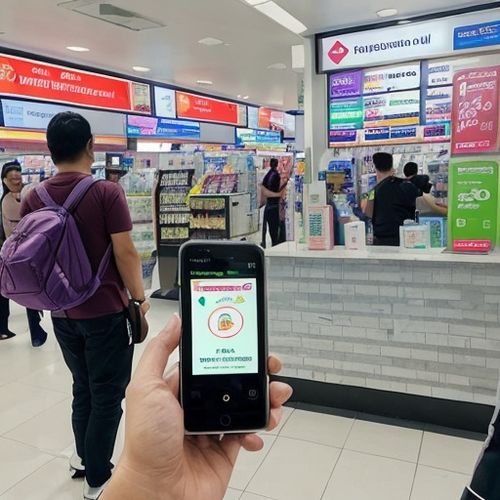
By Emma Thompson/Apr 14, 2025

By Grace Cox/Apr 14, 2025
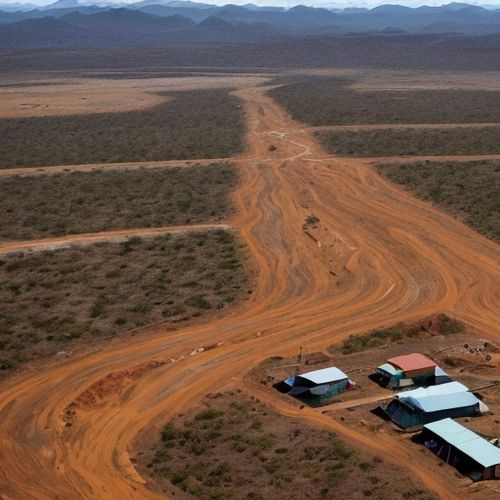
By Christopher Harris/Apr 14, 2025
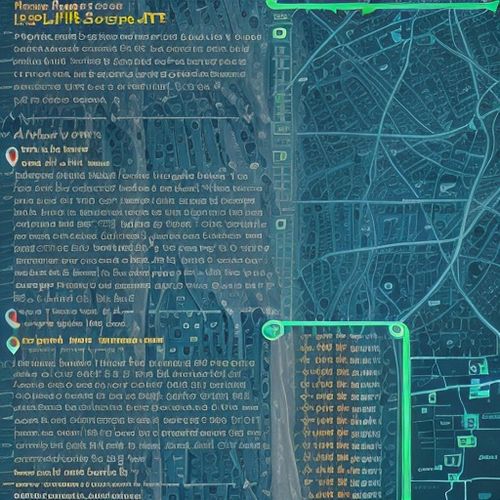
By Joshua Howard/Apr 14, 2025
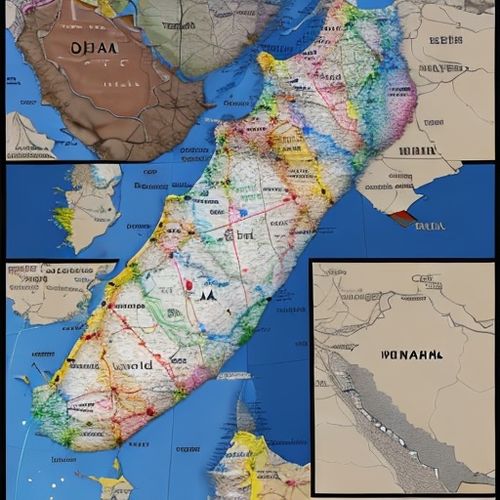
By Noah Bell/Apr 14, 2025
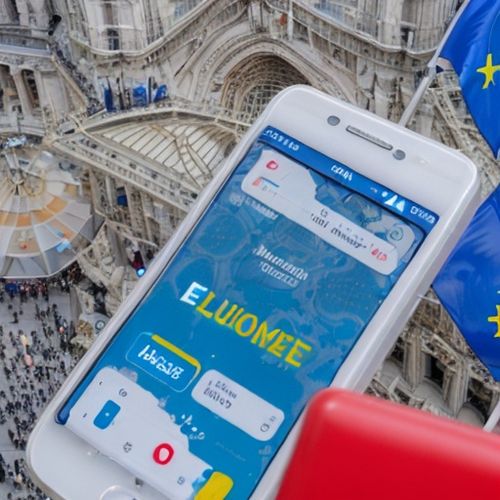
By Grace Cox/Apr 14, 2025
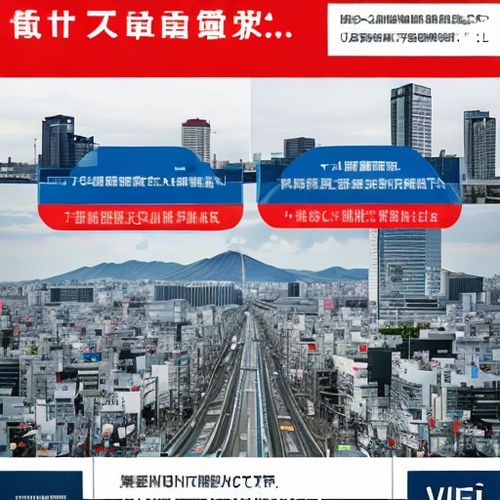
By Joshua Howard/Apr 14, 2025

By Victoria Gonzalez/Apr 14, 2025

By Grace Cox/Apr 14, 2025

By Christopher Harris/Apr 14, 2025

By Lily Simpson/Apr 14, 2025

By Laura Wilson/Apr 14, 2025

By Michael Brown/Apr 14, 2025

By Noah Bell/Apr 14, 2025